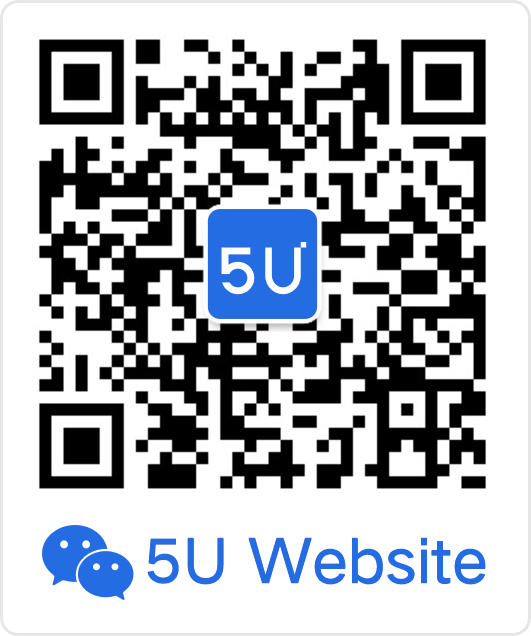Disclaimer
We are not lawyers. Our understanding for the Canada's Anti-Spam Legislation (CASL) is not necessarily 100% correct. Please speak with a professional familiar with CASL if you have any questions. The information contained in this article is for general information purposes only. Any reliance you place on such information is therefore strictly at your own risk.
When
The majority of the Canada's Anti-Spam Legislation (CASL) comes into force on July 1, 2014.
Liability
- For an individual, the maximum amount of monetary penalty is $1,000,000 (i.e. one million) Canadian Dollars per violation.
- For a business, the maximum amount of monetary penalty is $10,000,000 (i.e. ten million) Canadian Dollars per violation.
Who needs to know about it
Anyone sending commercial electronic messages (CEMs) should learn more about CASL.
General requirements
CASL requires that each CEM sent to an electronic address (e.g. an email address) should meet the three general requirements:
- Consent - There are two types of consent: implied and express.)Since July 1, 2014, CEMs sent to an electronic address will need the receiver's consent. The sender should be responsible for documenting a record of consents as well.
- Implied Consent - As stated on the official website, "Under section 66, consent to send commercial electronic messages (CEMs) is implied for a period of 36 months beginning July 1, 2014, where there is an existing business or non-business relationship that includes the communication of CEMs. Note however, that this three-year period of implied consent will end if the recipient indicates that they no longer consent to receiving CEMs. During the transitional period, the definitions of existing business and non-business relationships are not subject to the limitation periods that would otherwise be applicable under section 10 of CASL. Businesses and people may take advantage of this transitional period to seek express consent for the continued sending of CEMs."
- Express Consent - As stated on the official website, "In contrast, express consent does not expire after a certain period of time has passed. If you obtain valid express consent before July 1, 2014, then that express consent remains valid after the legislation comes into force. It does not expire, until the recipient withdraws their consent." Click here for more information on how to seek for express consent (under the "Requests for consent" section). You can also Click here to see an example on our website.
- Identification - CASL requires that sends must clearly identify themselves (and other parties involved if a CEM is sent on behalf of others) in every CEMs they sent. This includes a valid post address and detail contact information. Please click here and learn more about identification under the "Information to be included in CEMs (section 2 of the Regulations)" section.
- Unsubscribe - CASL requires that every CEM must include a simple way for the receiver to opt-out. For example, this could be an unsubscribe link in a newsletter. You can find more information of this requirement by visiting: Compliance and Enforcement Information Bulletin CRTC 2012-548.
Others
You probably want to learn more about CASL. We have listed several official website URLs that maybe helpful for you under the "Related resources" section.


